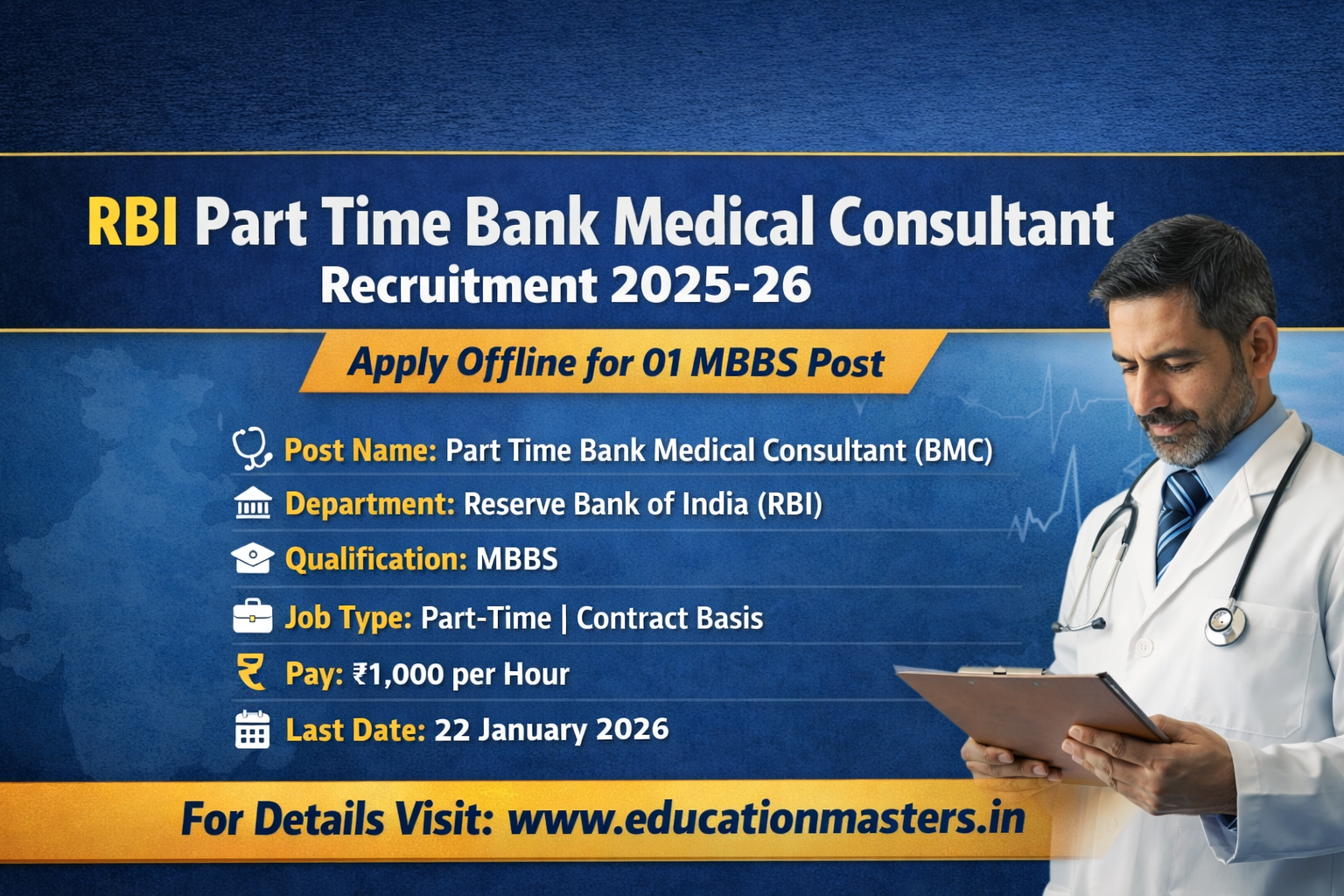Statewise Prepration
Govt. Examwise MCQ
775 MCQ Questions in english हिन्दी
MGNREGA guarantees how many work days?
100 days
UNNATI brochures sized:
Transport Subsidy Scheme is since
MeghAbility portal supports:
PwD & UDID data
Pension App MEDA uses
Face & liveness detection
MeghEIS refers to:
e-HRMS
Permanent Lok Adalat deals with:
Public Utility Services
Lok Adalat awards are considered:
Enforceable like civil court
Meghalaya Lok Adalat resolves:
Civil & compoundable criminal
Employees’ State Insurance portal is:
New Shillong Township targets pop. of
200,000
Housing for All mission started in:
2015
Which project in Uttar Pradesh is part of the National River Conservation Plan (NRCP)?
Explanation: The Gomti River Front Project, launched in Lucknow, is part of a broader river conservation effort under NRCP. It includes sewage treatment, embankment construction, and ecological restoration. However, it has faced criticism for poor planning and environmental damage.
E.I.U.S. is aimed at improving:
Which policy reserves 50% seats for women in Village Employment Councils?
VEC Reservation Policy
*Voter list updated by CEO Meghalaya refers to
Electoral roll
IACDP aims to promote:
Arts & culture
KYAN kits provide:
Digital teaching aid .
Which launched the She‑Rise menstrual unit?
Conrad Sangma
Who implemented MHIS?
New India Assurance
Enrollment fee for MHIS Phase 3 is
₹50
The Allahabad Agreement (1931), relevant to UP’s political history, was signed between:
Explanation: The Gandhi-Irwin Pact, also called the Allahabad Agreement, was signed in Allahabad. It marked the end of the Civil Disobedience Movement and resulted in Gandhi attending the Second Round Table Conference in London.
Phase 4 of MHIS increased cover to
₹5 lakh
Critical care coverage limit under Phase 3 is
₹250,000 .
MHIS provides cover up to (Phase 3)
₹2.8 lakh (5 members floater)
What is the minimum age to contest Vidhan Sabha elections in UP?
Explanation: According to Article 173 of the Constitution, a person must be at least 25 years old to contest for a seat in the Legislative Assembly. The rule ensures maturity and accountability in elected representatives.
She‑Rise unit produces:
Water Harvesting aims to build ___ water storage?
10 million cubic metres





.png)

